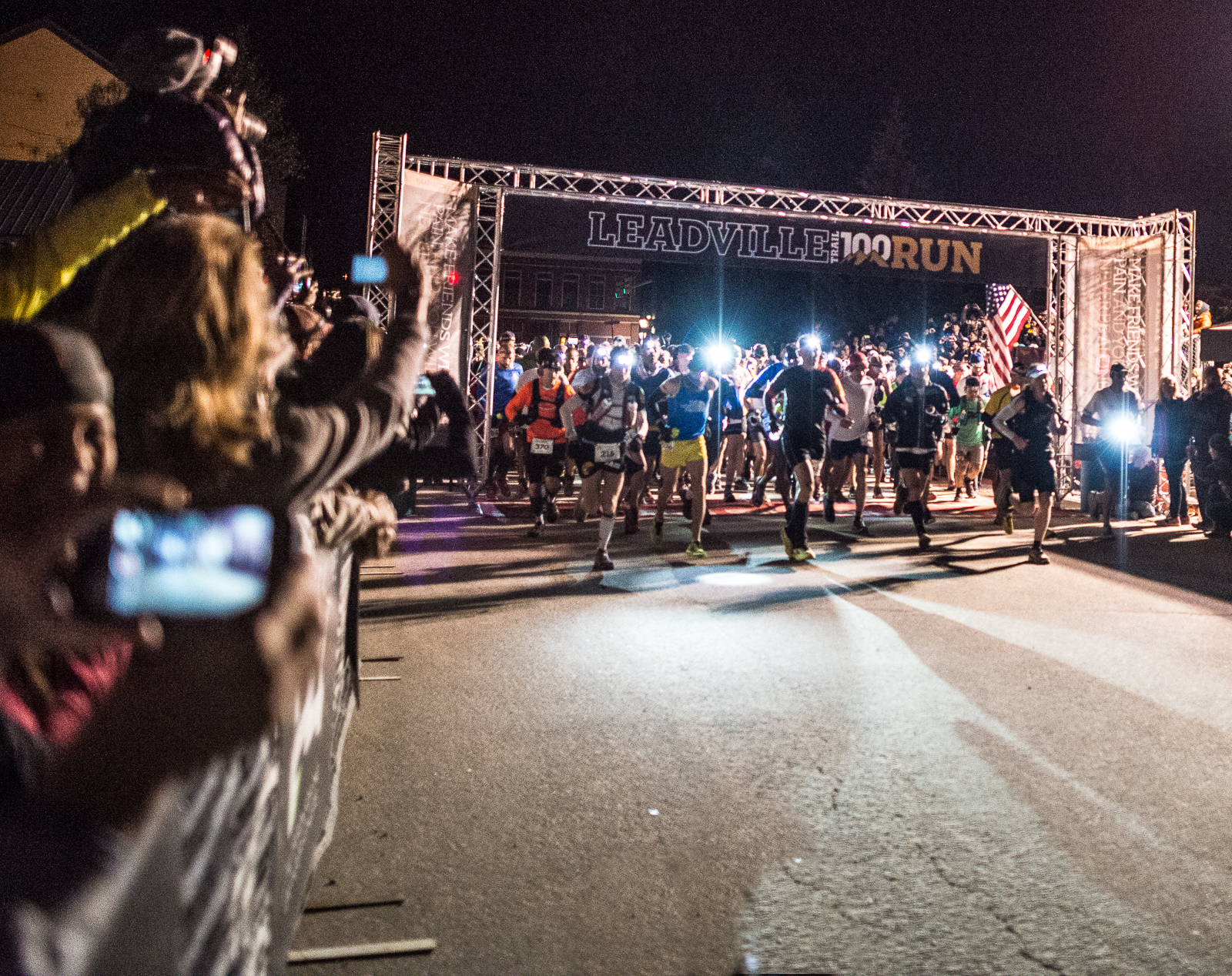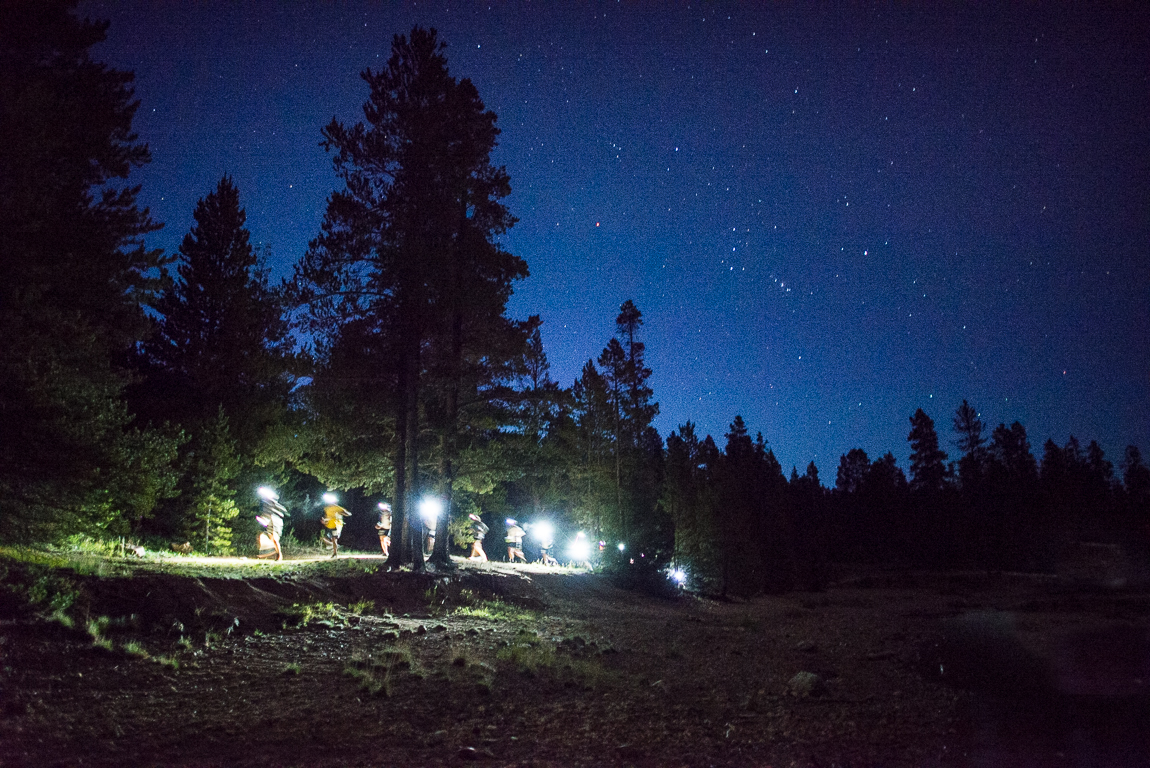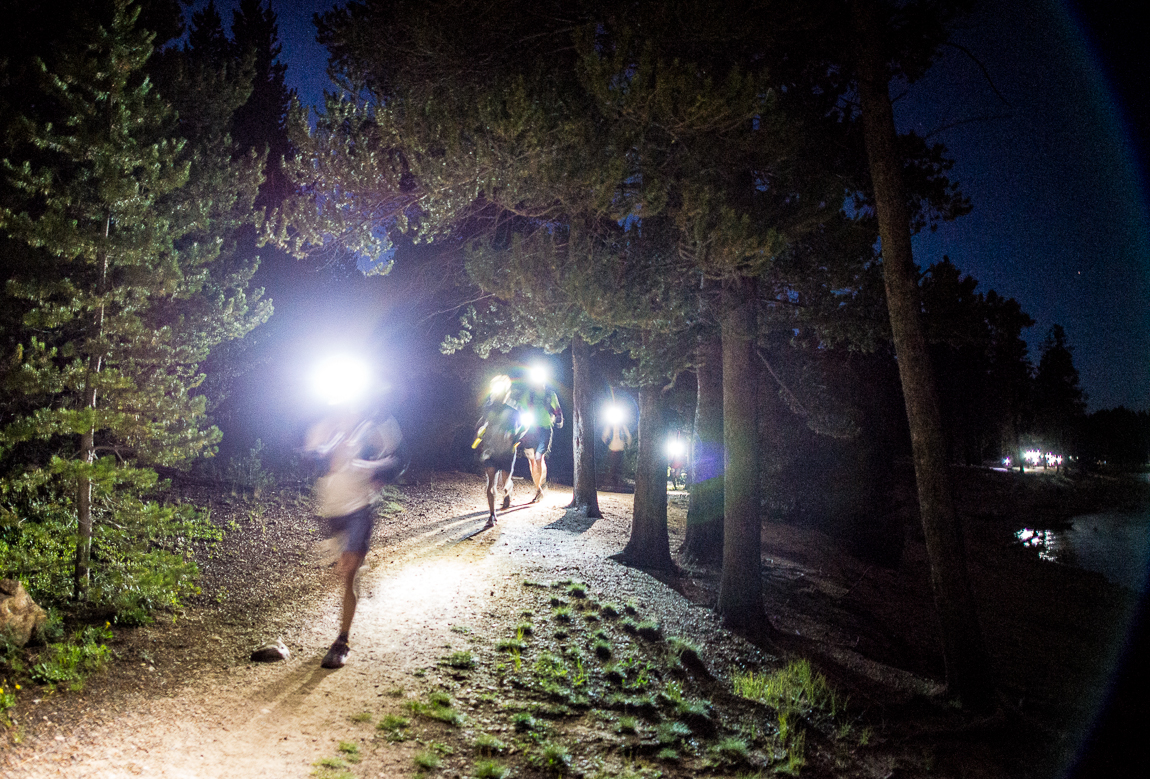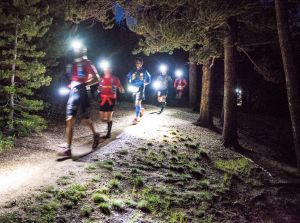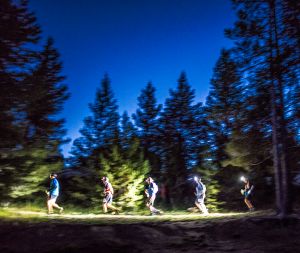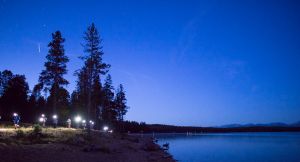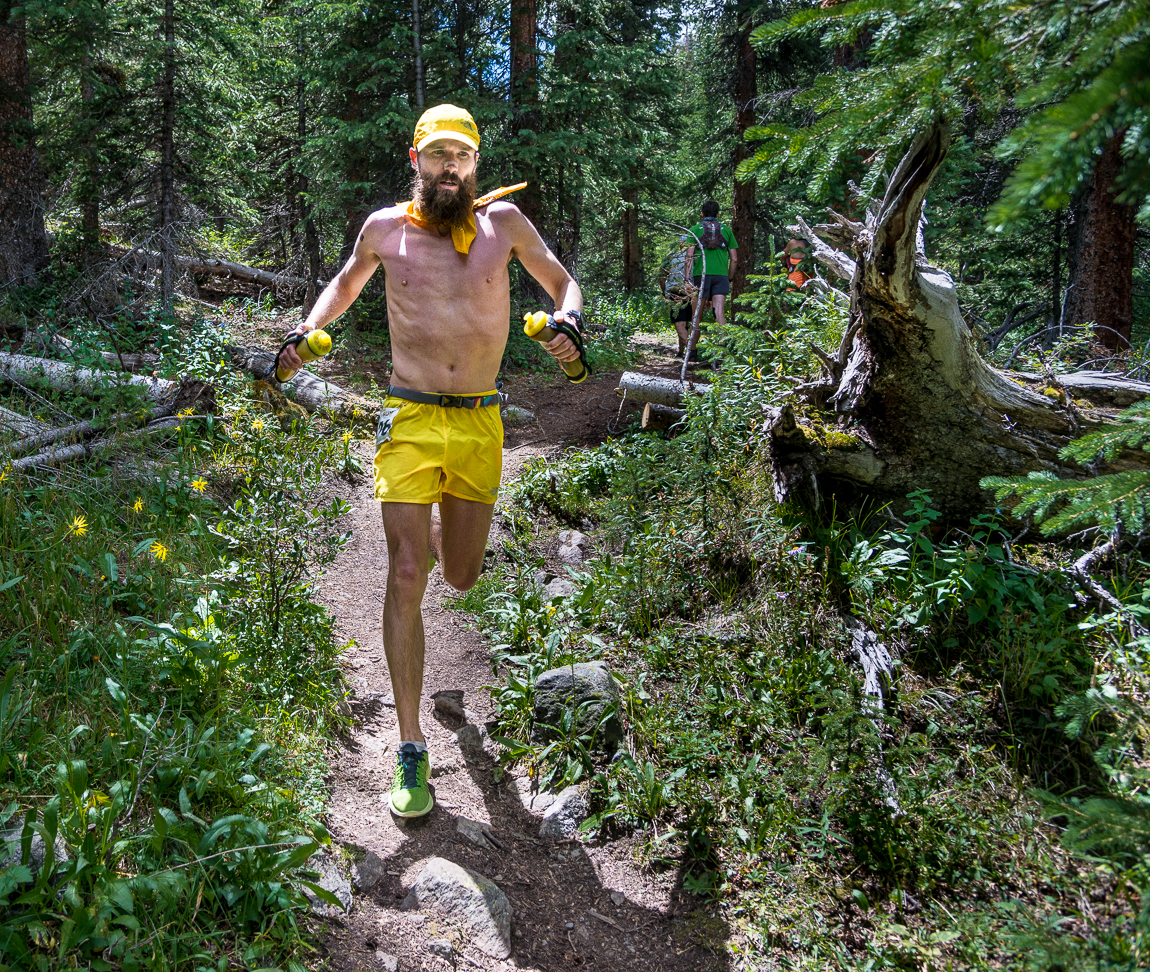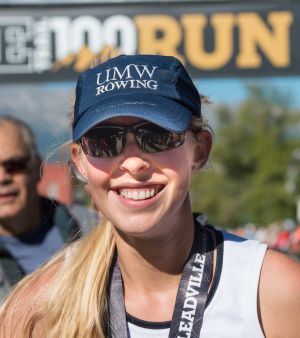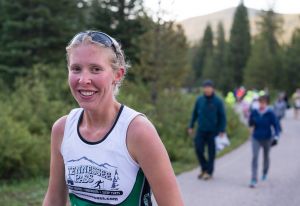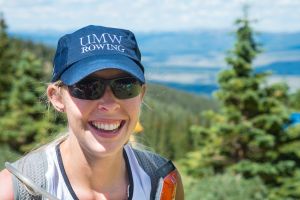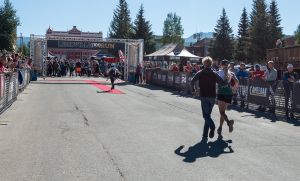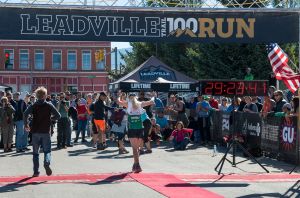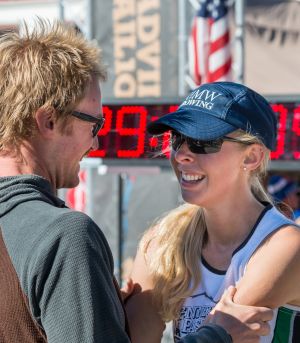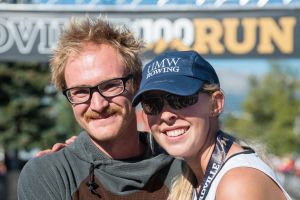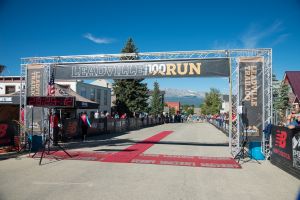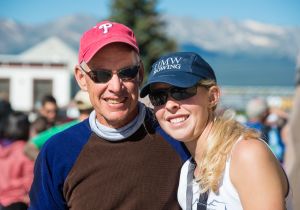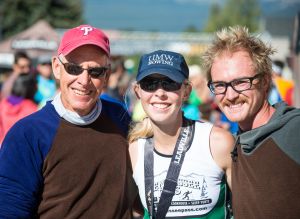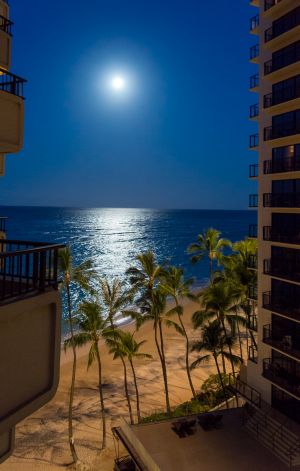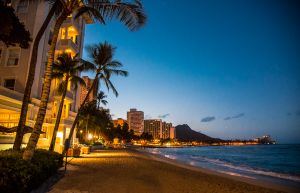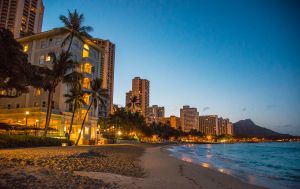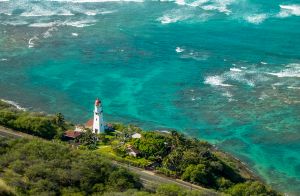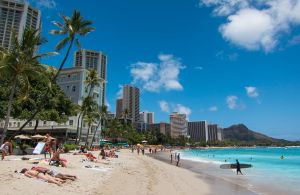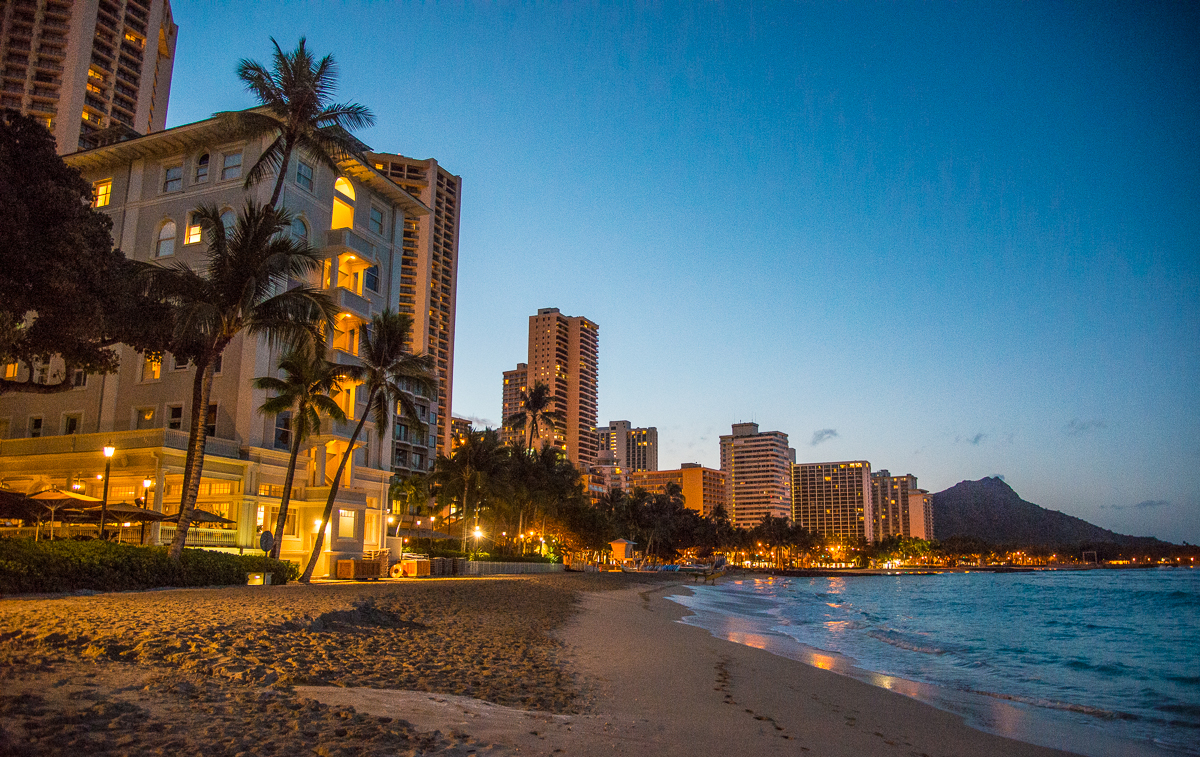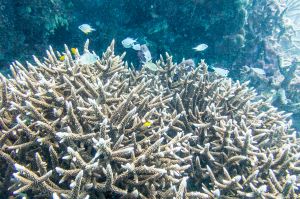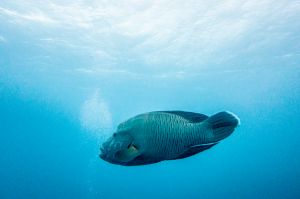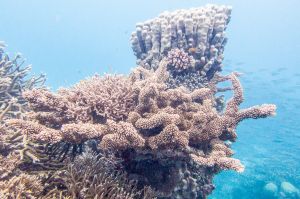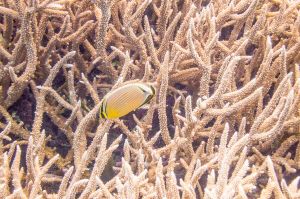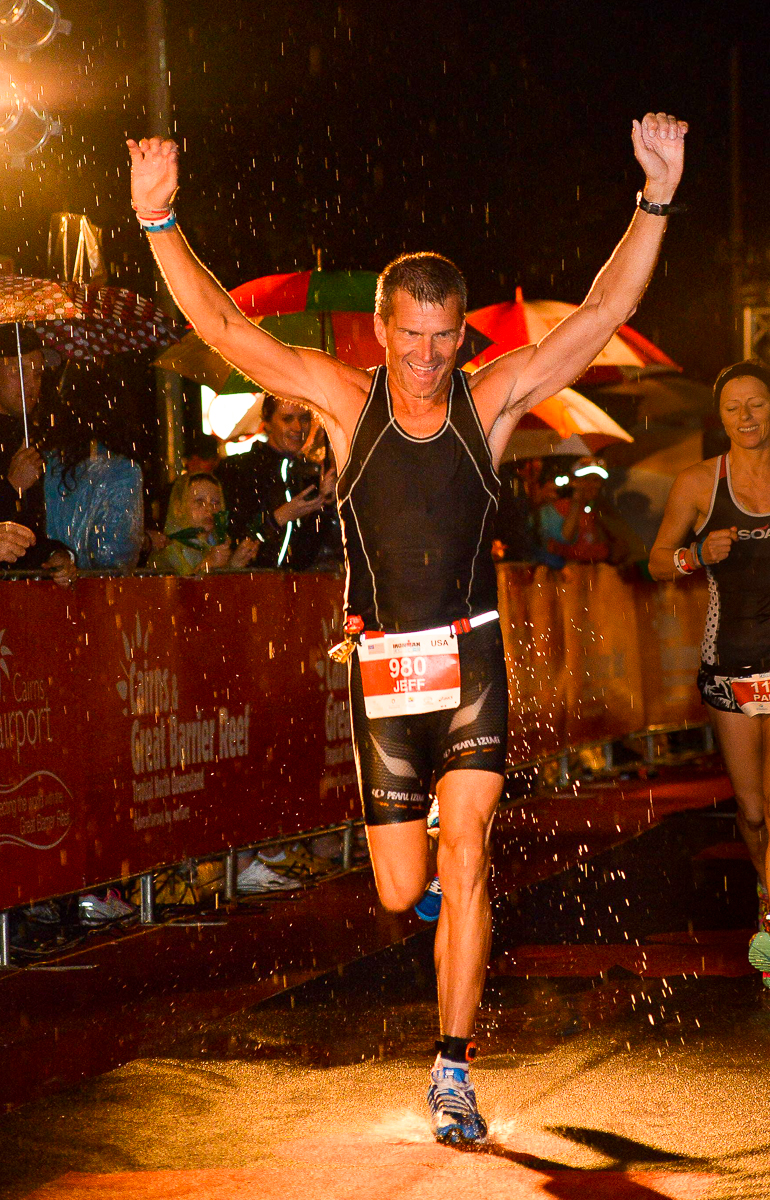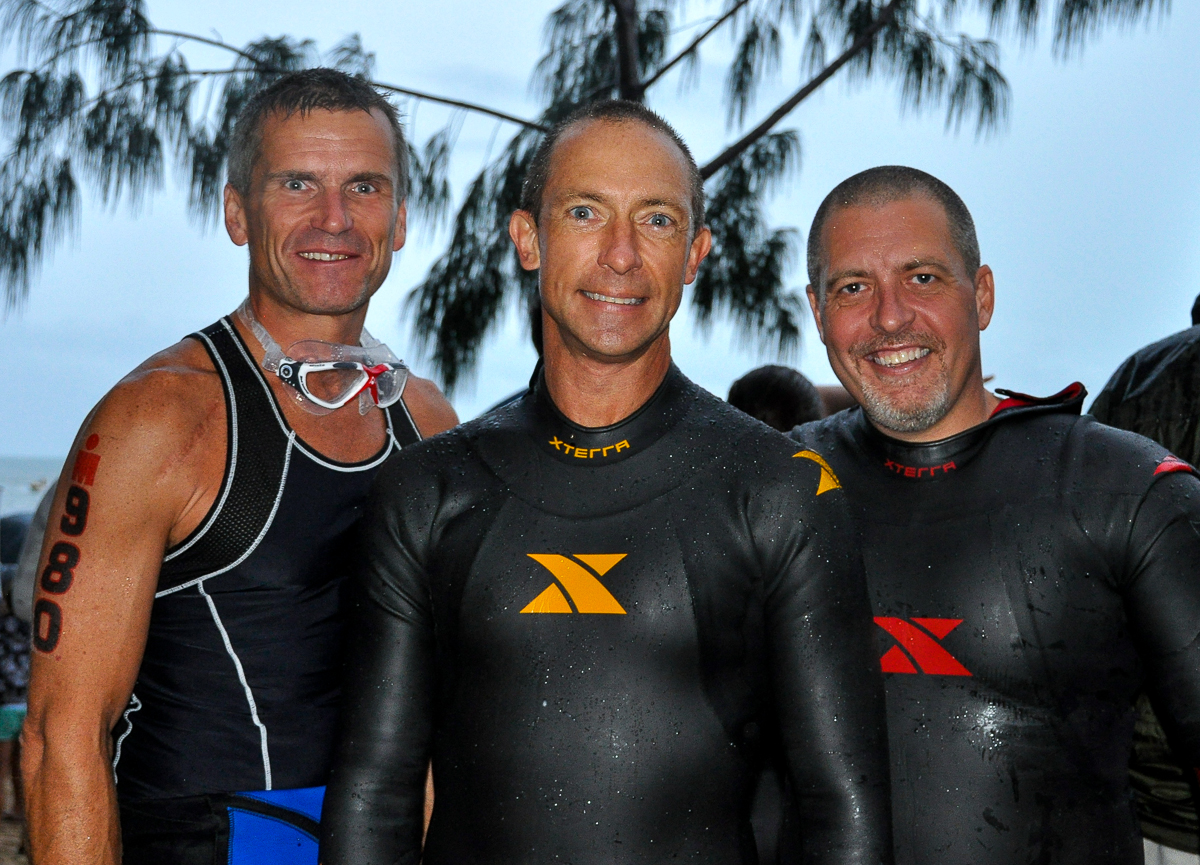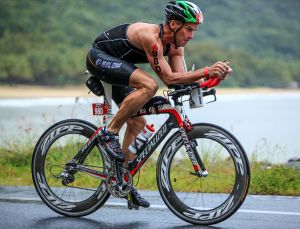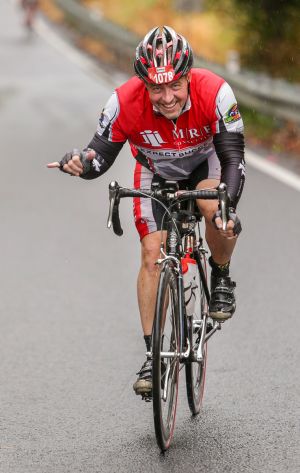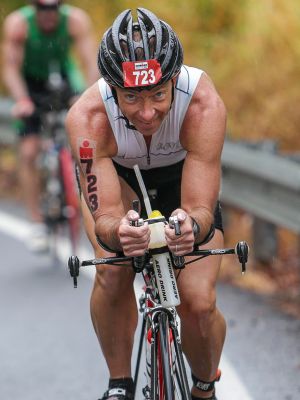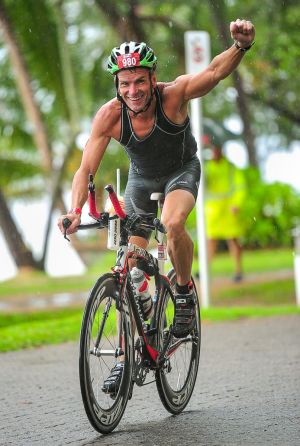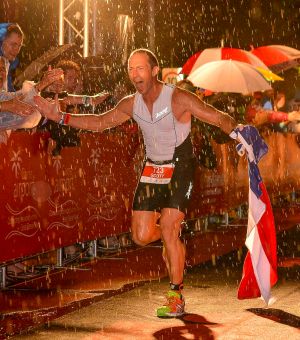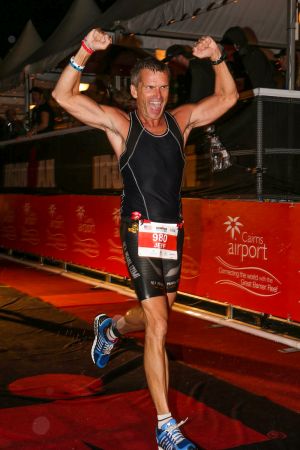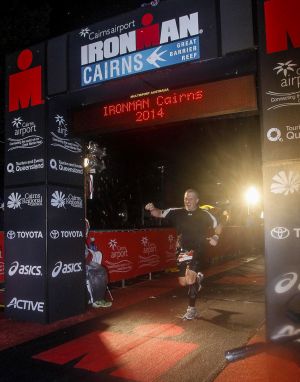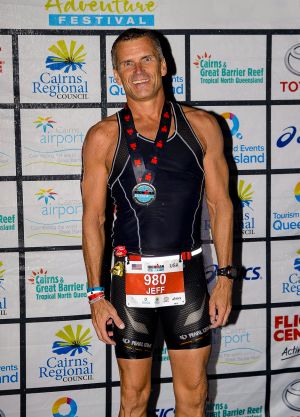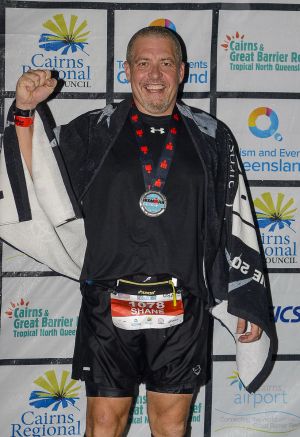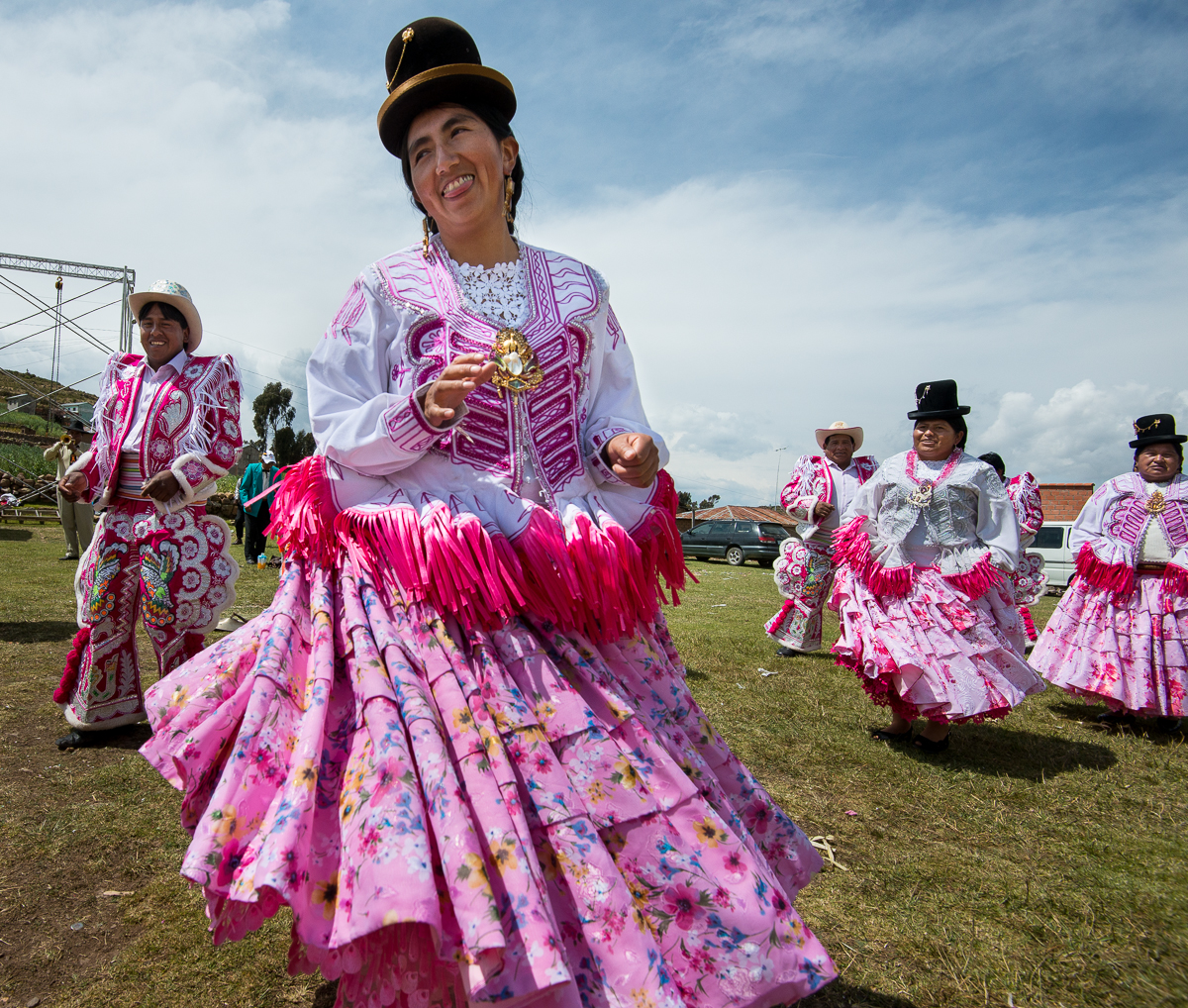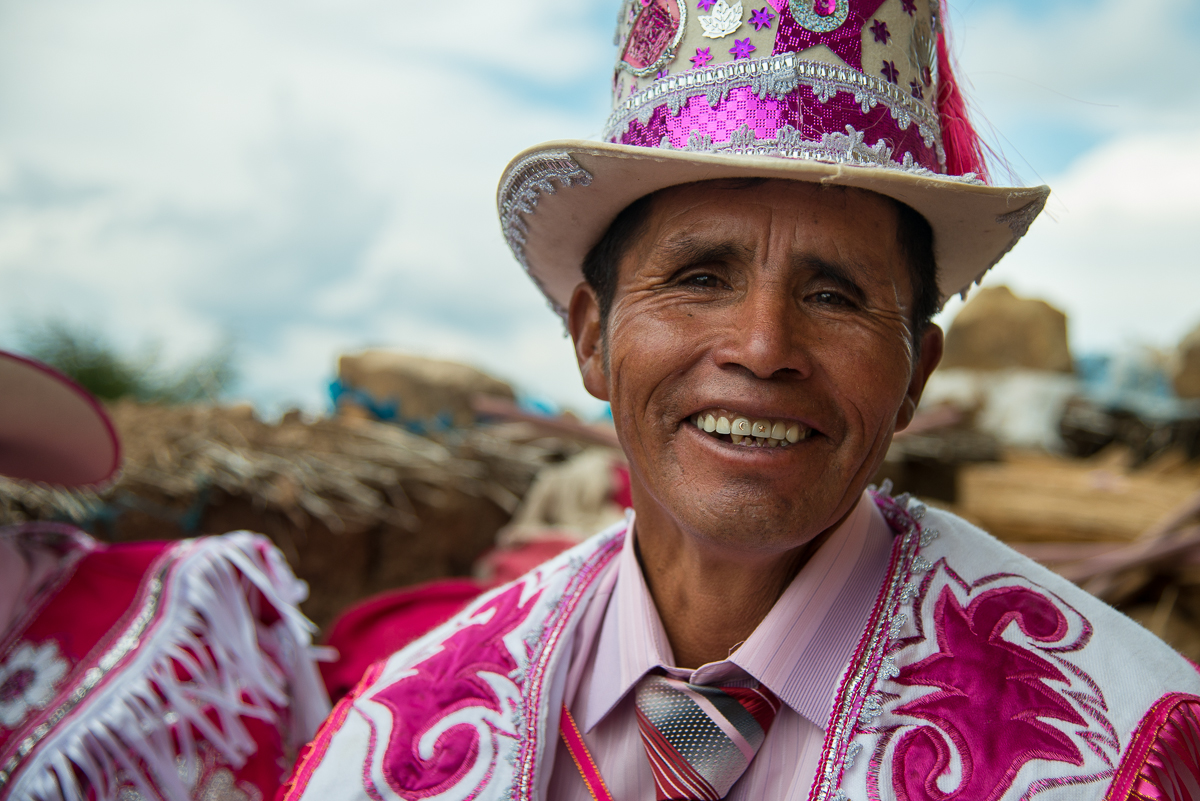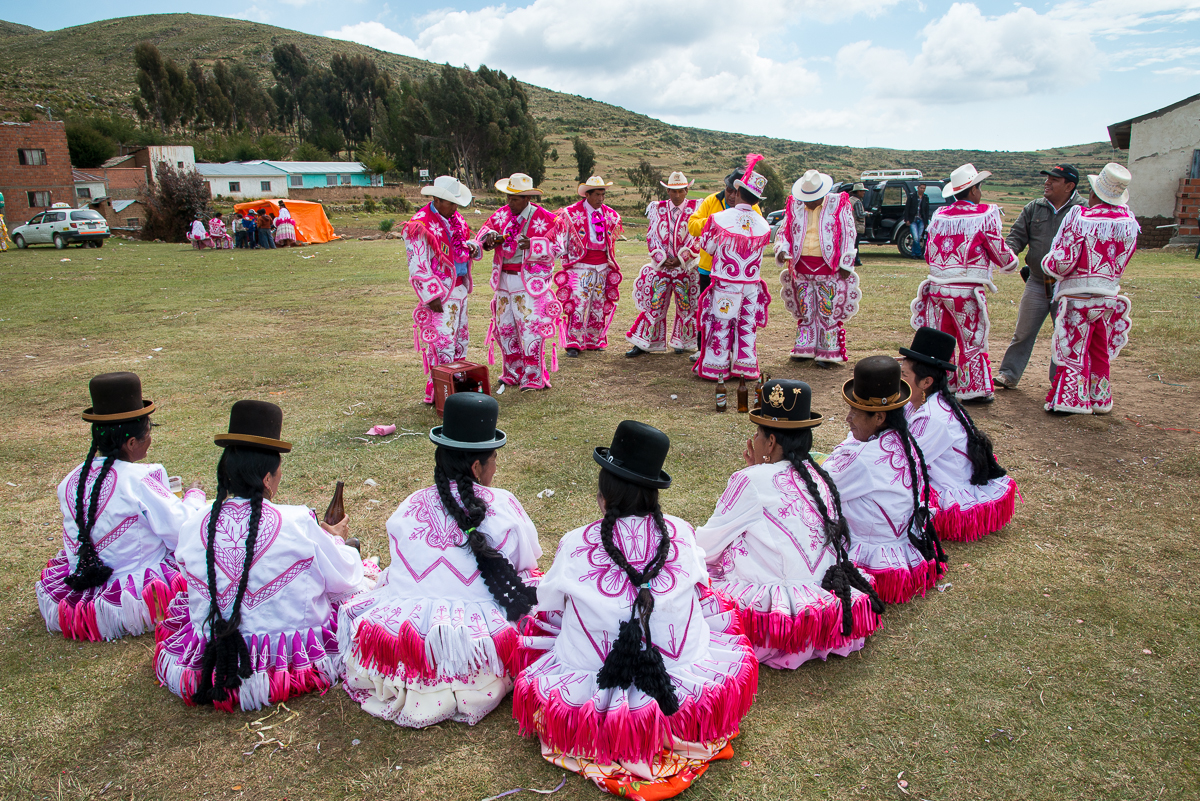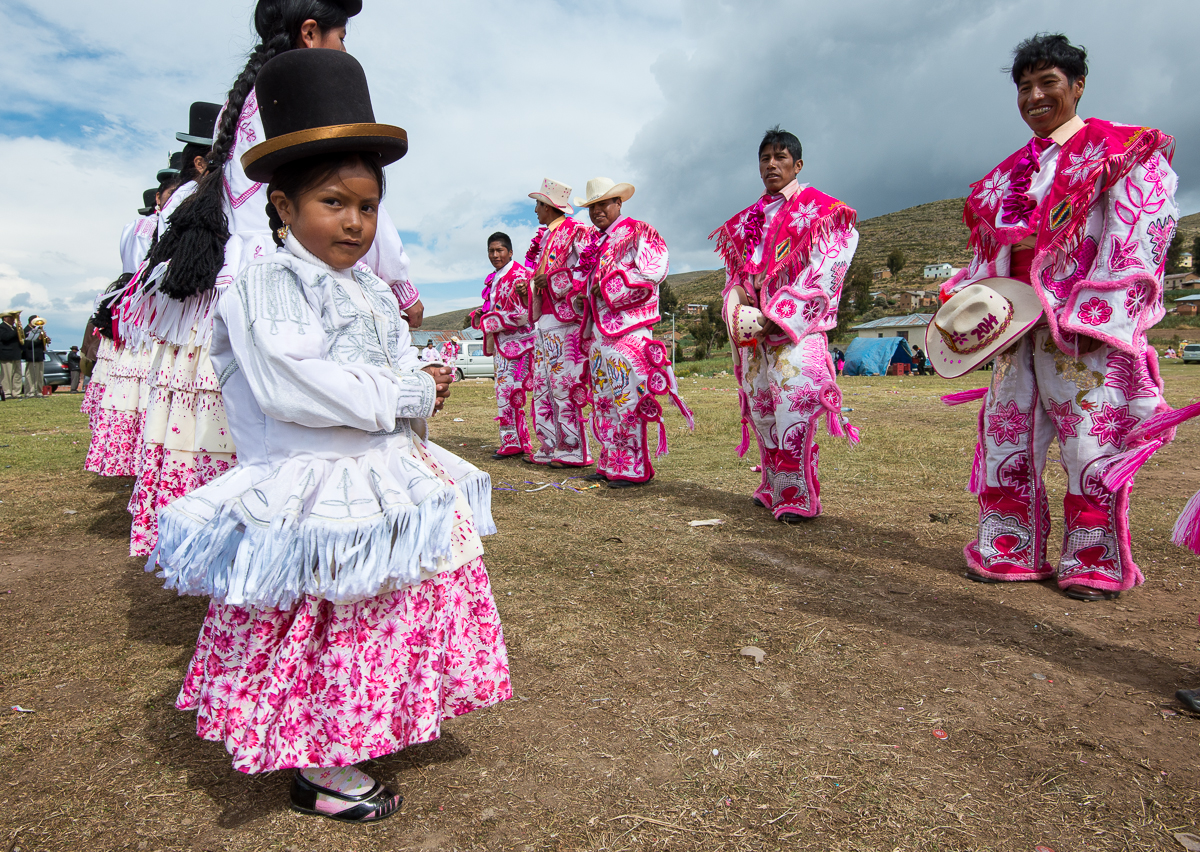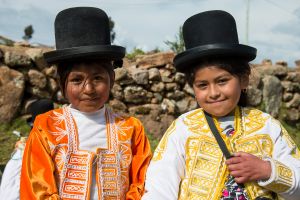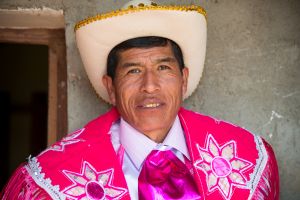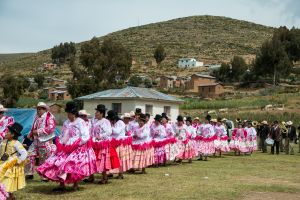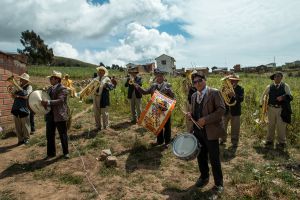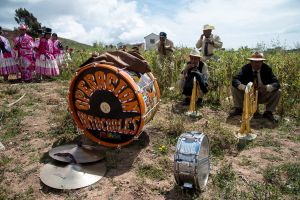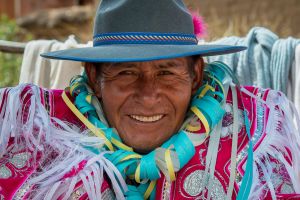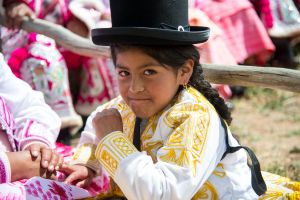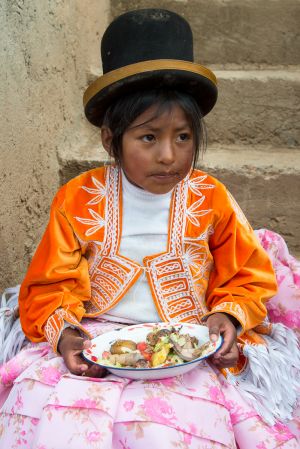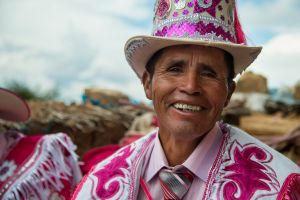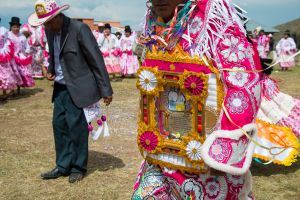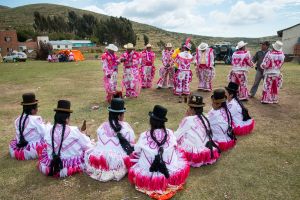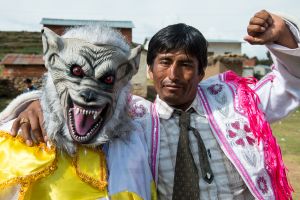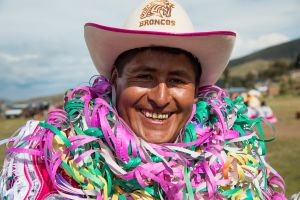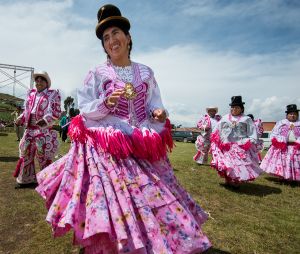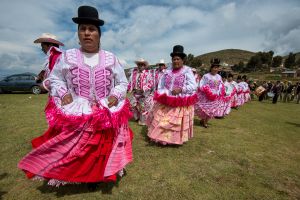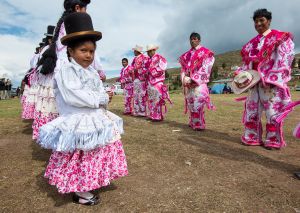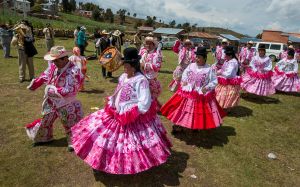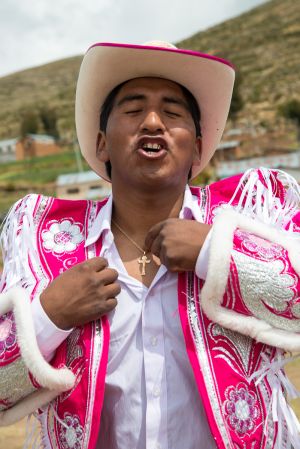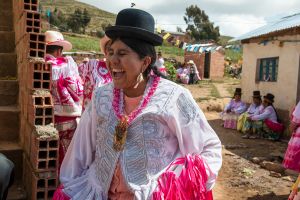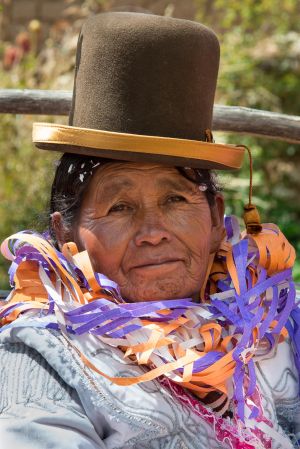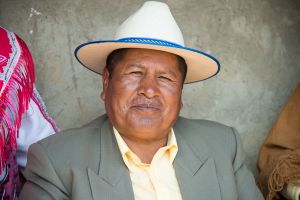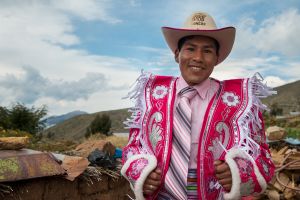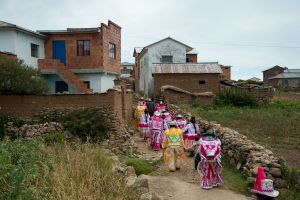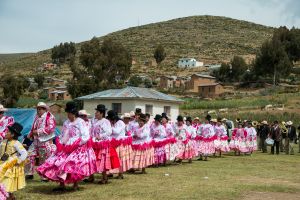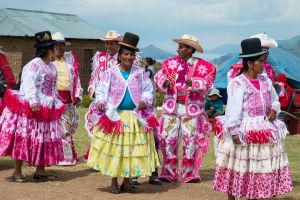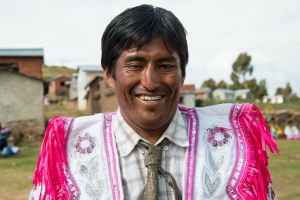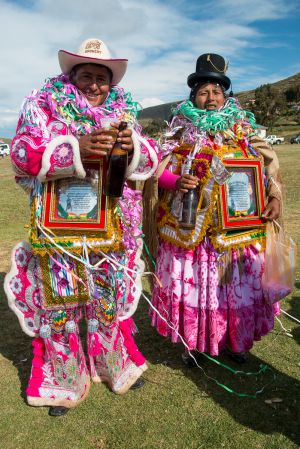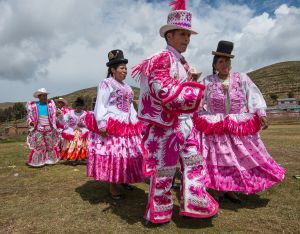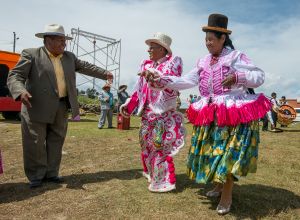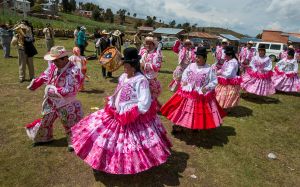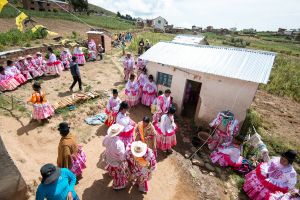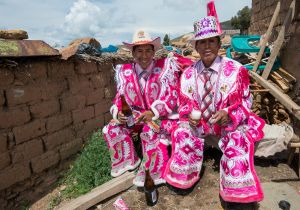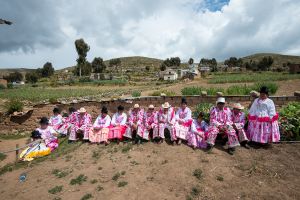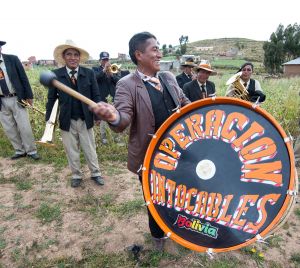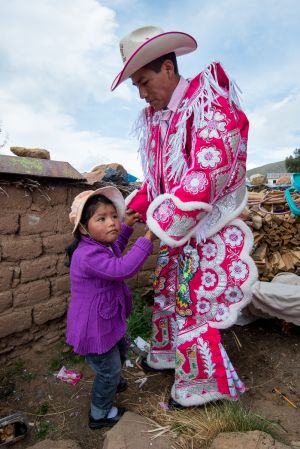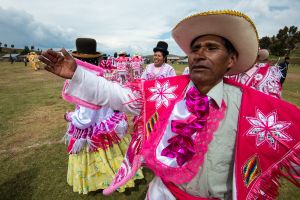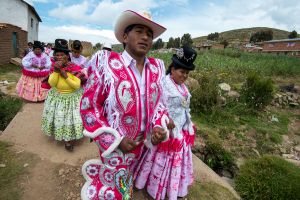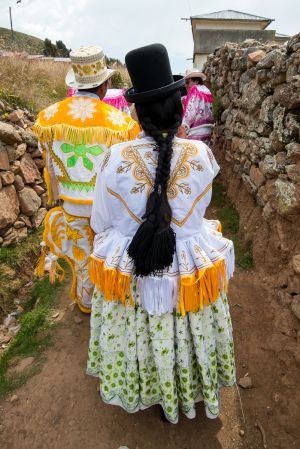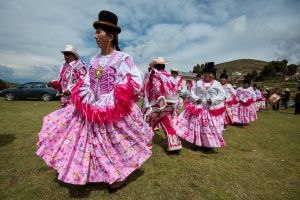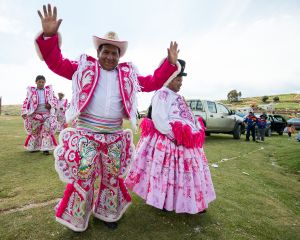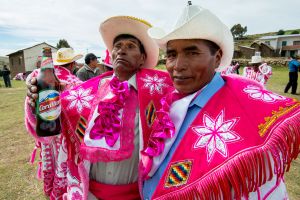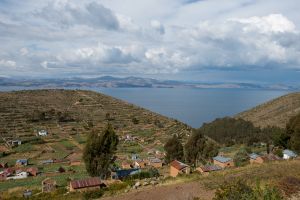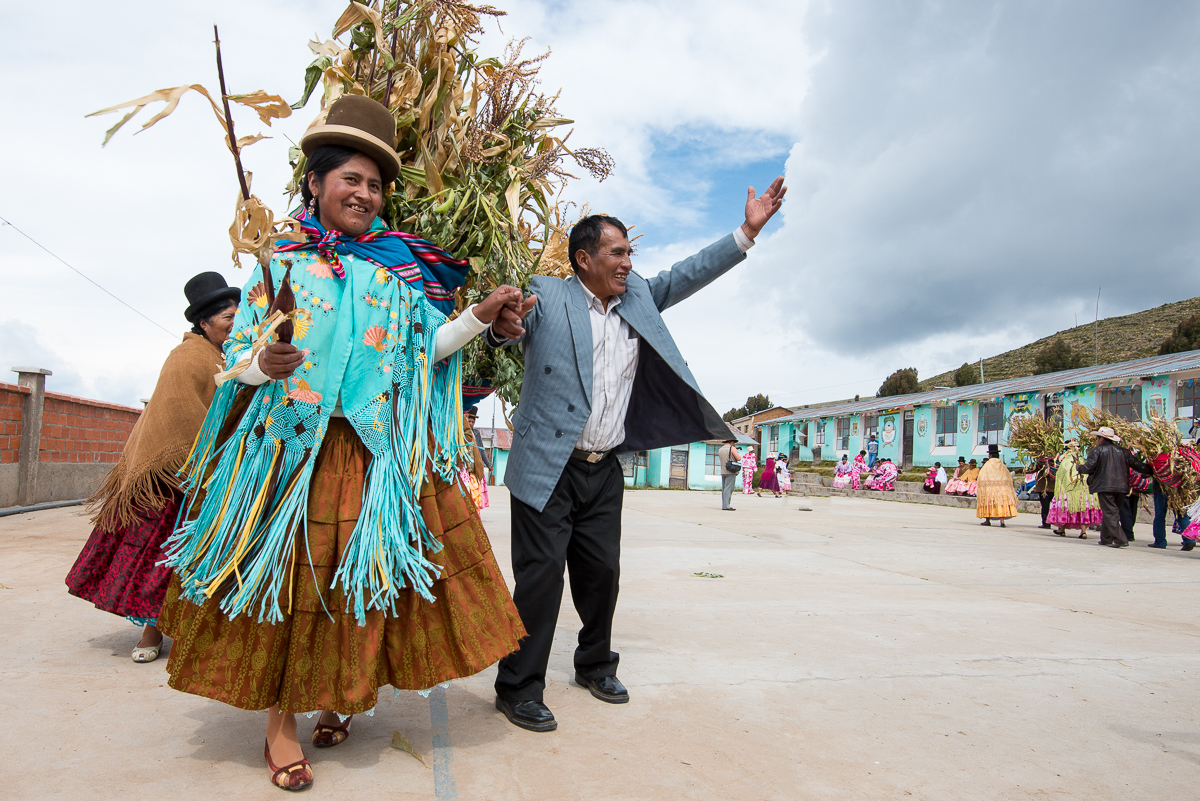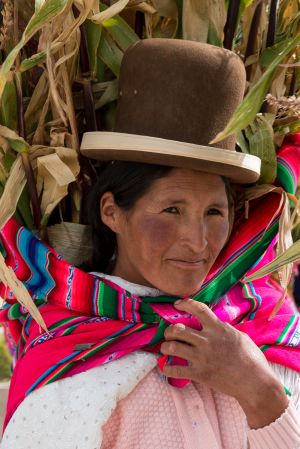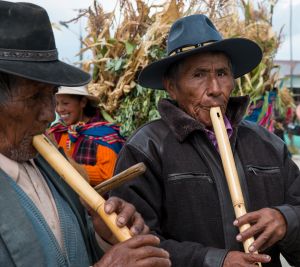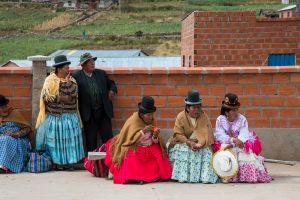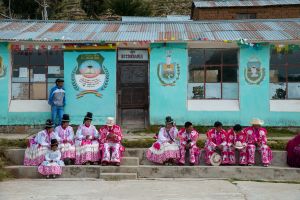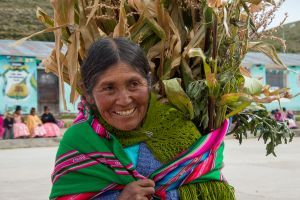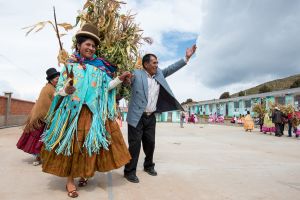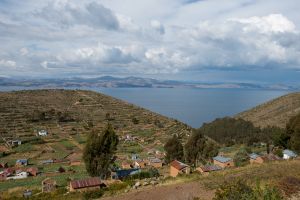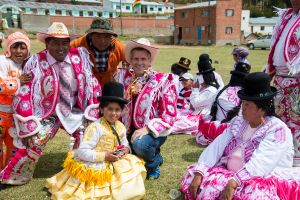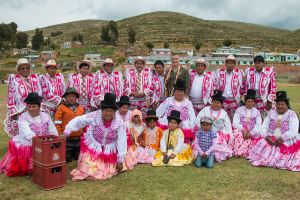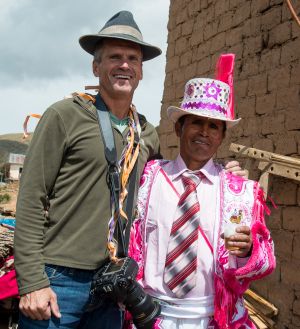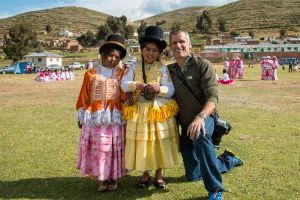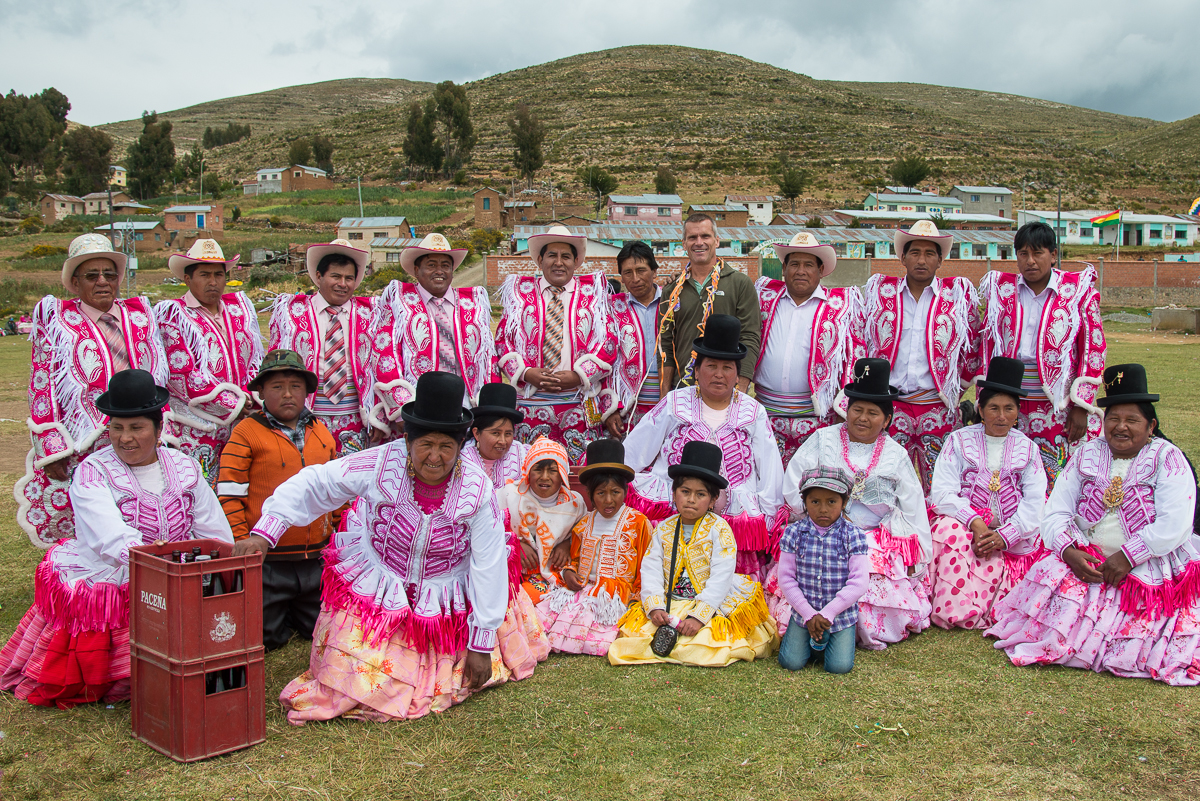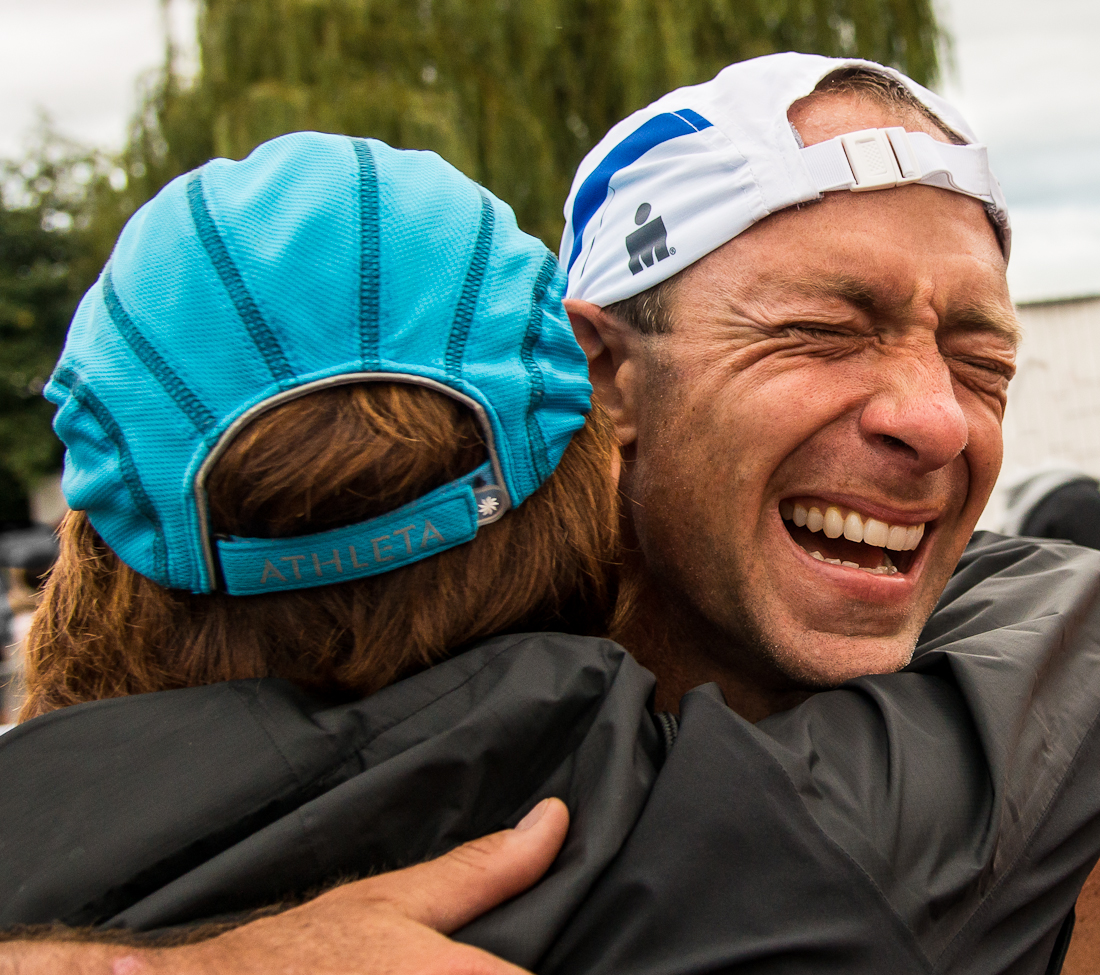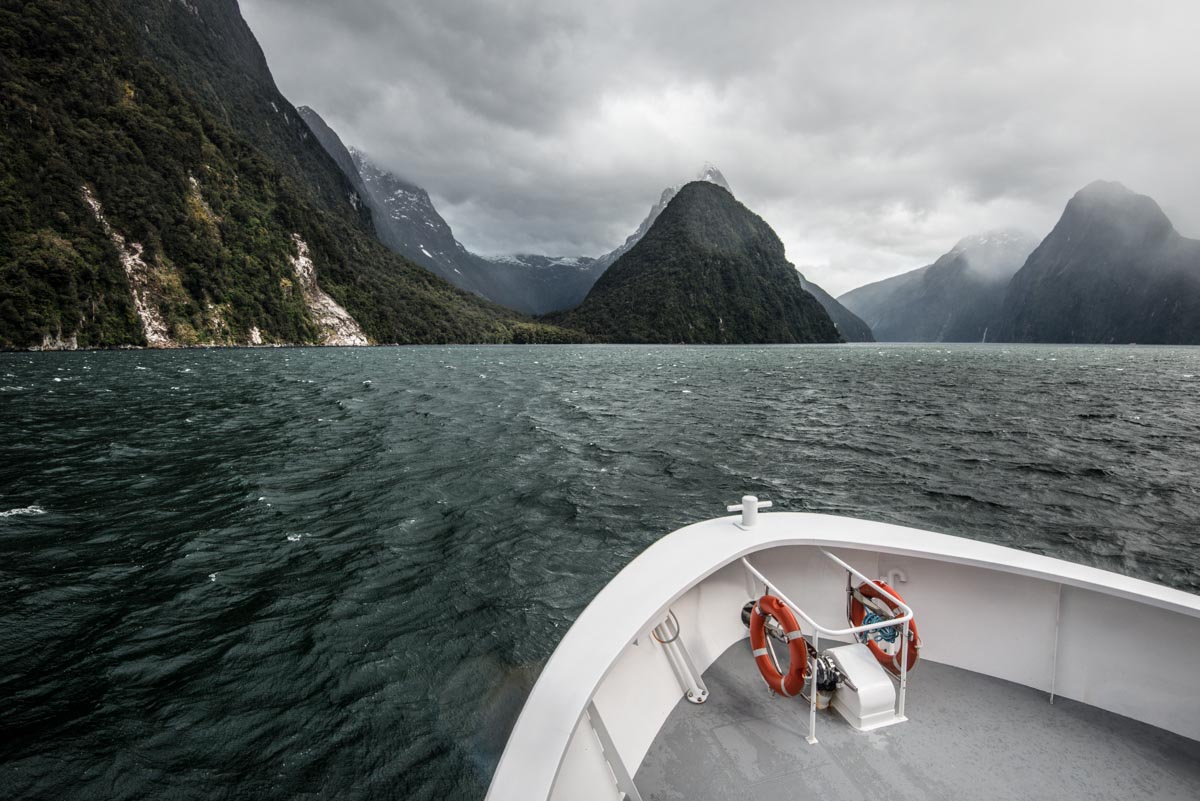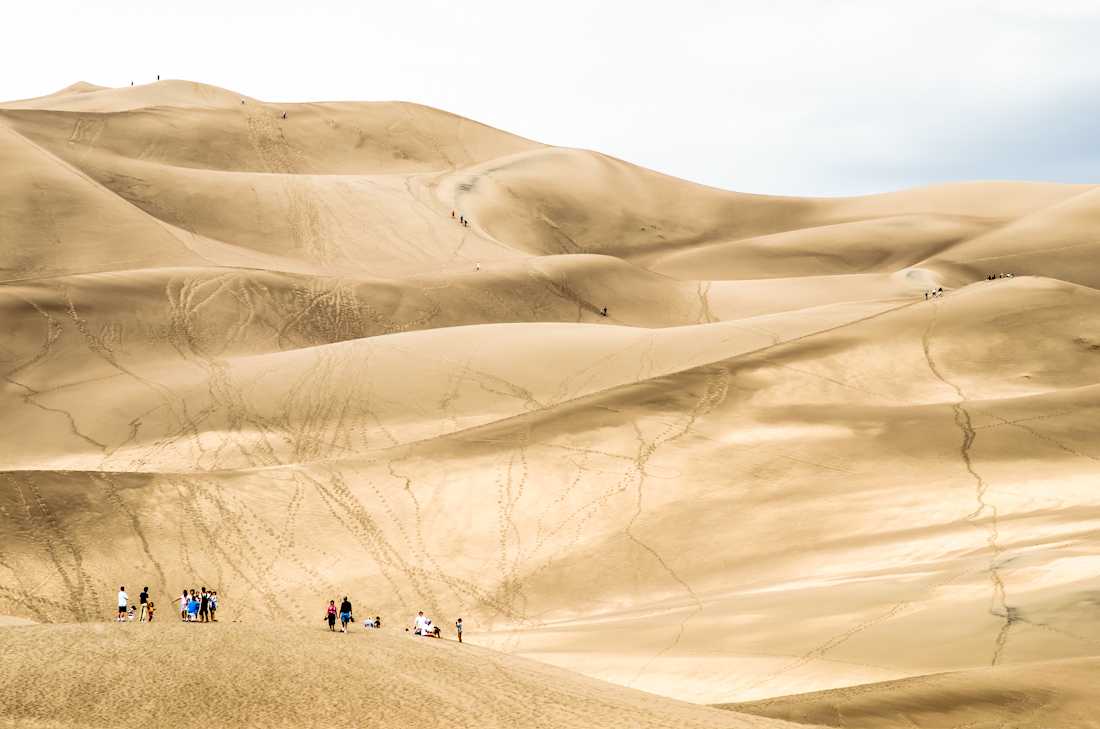As a spectator watching the 30-hour Leadville Trail 100 Run last weekend, I watched the 4 a.m. pre-dawn start on Saturday, put in a very long day along the course, got a nice dinner and a full night’s sleep, then woke up , had breakfast, and headed down to watch most of the runners cross the finish line mid-morning on Sunday.
About half of the 700 or so amazingly fit and marginally insane runners who crossed the start line at 4am last Saturday made it back to finish in downtown Leadville — after an almost unbelievable 100-mile trail run — before the 30-hour time cutoff. One hundred miles. On foot. All of it between 9200 and 12,600 feet elevation, and doing more climbing than an ascent of Kilimanjaro.
Even for someone who’s done several “ultra” endurance events (on foot, bike, and otherwise, and including some in Leadville‘s thin air), the 100 mile mountain trail run is hard to get your head around. Of the lucky half that do finish, the vast majority take over 24 hours — most watching two days’ sunrises during the same race. They don’t sleep — they barely even stop moving. I was eager to get some pictures of the event, but a major motive for my spontaneous trip to Colorado was to see if the Run was something I might conceivably do someday. The verdict? I’m not so sure.
A few miles into the race, before sunrise on the first morning, the racers start a trail that skirts the edge of Turquoise Lake, west of Leadville. You can see the runners spread out for miles along the lakeshore, their headlamps and flashlights twinkling through the trees and outlining the edge of the lake with bluish light.
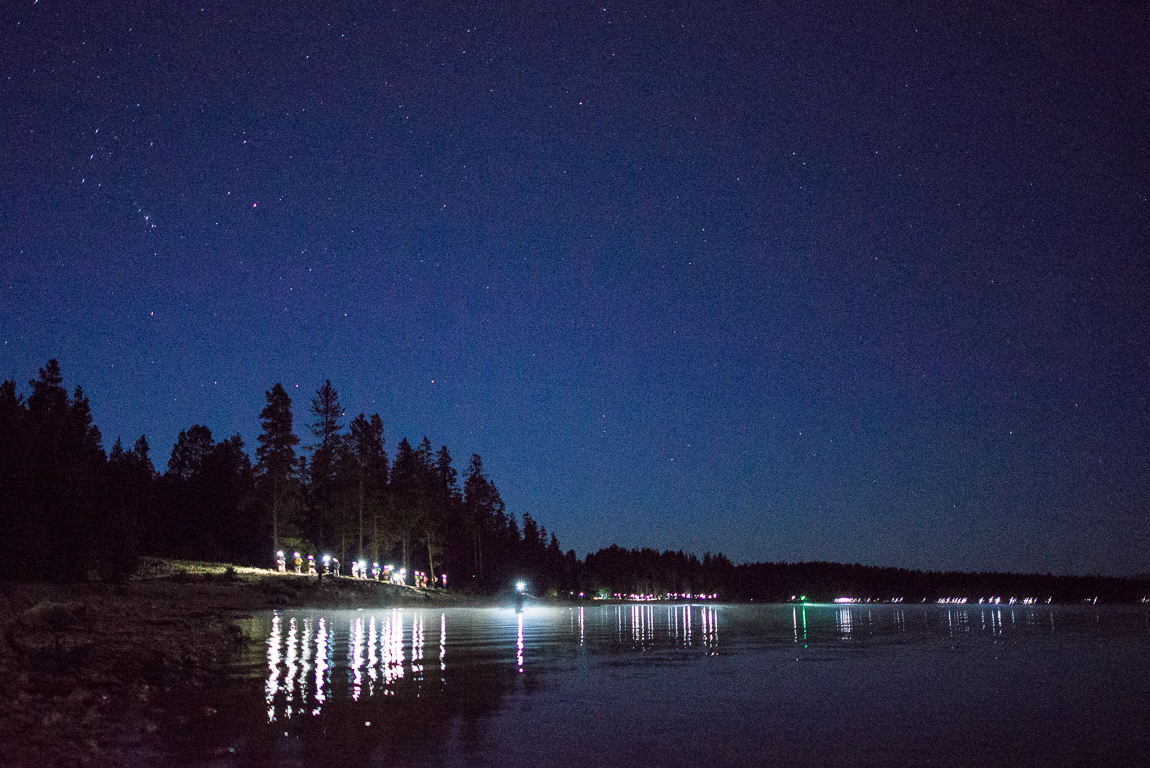
A three-mile-long string of runners makes its way along the trail at the edge of Turquoise Lake during the first hours of the LT100 Trail Run.
The signature features of the Leadville course are its two separate ascents of 12,600-foot-high Hope Pass — once in each direction at mile 45 and mile 55 of the run. The aid station near the top was a great place to watch a few hours of the race mid-afternoon on Saturday. It took well over two hours to hike up to the top, so there were hardly any other spectators and only a small squad of volunteers up there handing out water and food. There were 20 llamas hanging out — they’d carried all the supplies up there because the trails up are too high, steep, narrow and rocky for any vehicles. We watched the leaders coming back over the pass on the inbound leg, and watched most of the more mortal racers hiking up the mountain — still less than halfway through the race after nearly 12 hours.
The guy in the yellow shorts is Robert Krar — flying down the mountain after his second ascent of Hope Pass. He went on to win the race that night with a time of just 16 hours and 9 minutes.
We cheered for and chatted with dozens of runners, often the same faces several times in different locations. Dramas unfolded, and faces became familiar. Inevitably, we remembered them with descriptive nicknames. There was British Guy. Sandals. Bathroom Guy. Peeing Girl. Elmo. Duck Dynasty. As we descended from Hope Pass, we found Air Force Dave still only halfway up on his first ascent at 4:15pm — the deadline to get over the pass. We offered him some food and water and tried to buoy his spirits as he turned around and walked back downhill with us. I saw him quietly remove his race number in a symbolic personal ceremony recognizing that his race had ended early with a “DNF” (Did Not Finish). “Puker Guy” had a happier ending: we first saw him in trouble at mile 43, doubled over, nauseous and struggling, but happily we saw him crossing the finish line 57 miles (and about 17 hours) later, flanked by his celebrating friends and family.
Ken Chlouber, the founder of the Leadville Race Series, famously tells every 100-mile racer, “You are better than you think you are; you can do more than you think you can!” I don’t think that’s true for everyone — certainly some folks aren’t even as good as they think they are or can’t actually do what they think they can. Most people are afraid to ever find out; Leadville is one of the places you go to do that. Somehow, every racer can and should be both proud and humbled, no matter how their race ends. Win or lose, finish or fail, these were the folks who weren’t afraid learn whether Ken was right — about them.
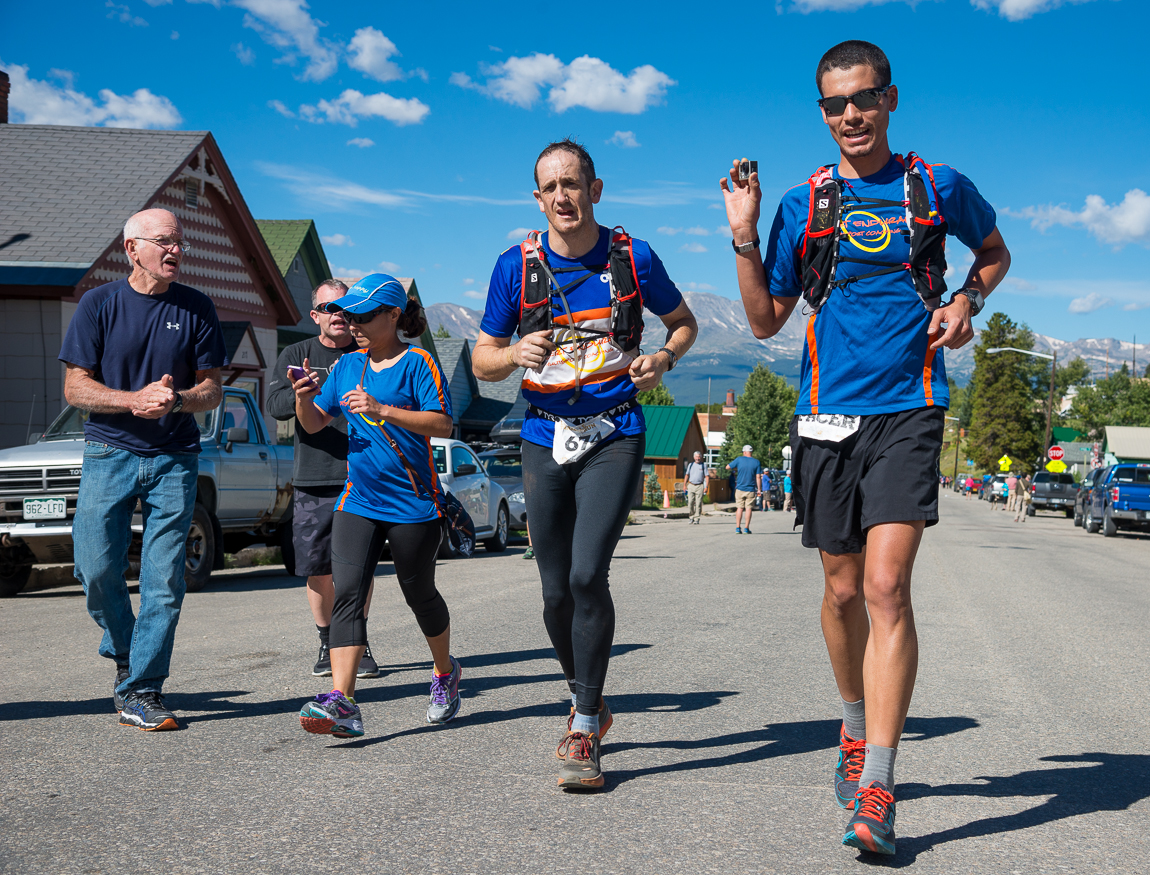
#674 Trevor Teeselink (center) was the “Last Ass Over the Pass” — the last finisher to reach the finish — just four minutes ahead of the 30 hour deadline.
– – – – – – – – – –
Two new friends I met and ran with some this summer in Leadville were among the 100-mile finishers. Somehow I saw Stephanie Lefferts (in green and white) over and over during the race — both directions at Turquoise Lake, at Hope Pass and at the finish. Her boyfriend Mike Ambrose was so fast (he finished in the top 20 despite a nasty fall that almost ended his race) I barely saw him during the race and missed his midnight finish. After a nap and shower, he was back at the finish line to celebrate with Stephanie and her dad at 9:25 a.m. Sunday morning. Congrats to them both.
